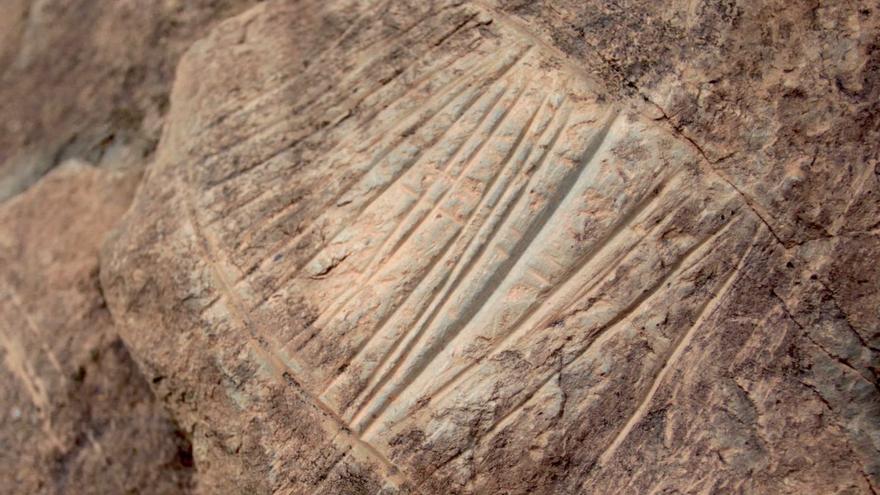
The rocks of Arona, especially those of Vento, Jama or Igara, exerted a great influence on the rituals and rock art manifestations of the Guanches who inhabited the lands that the municipality of Arona today occupies. It is one of Arona’s conclusions. An approach to the Guanche archaeological landscape, a study on the first settlers of the southern town that is presented this afternoon (6:00 p.m.) at the headquarters of the Institute of Canarian Studies of La Laguna.
This book is a study of the way in which the Guanches, the first inhabitants of Tenerife, they occupied and exploited the territory that includes the current municipality of Arona. It addresses the distribution of its archaeological sites, drawing conclusions about settlement modes, territorial mobility, economic dynamics, social practices or the location of rock art manifestations.
This work has been carried out thanks to a full coverage archaeological survey that, in 2013, the authors carried out for the Arona City Council. They are Francisco Pérez, doctor in Prehistory from the University of La Laguna and specialized in the analysis of archaeological territories; Javier Soler, archaeologist, doctor in Prehistory from the University of La Laguna and founding partner of the company Cultania; and Carlos Javier Perdomo, archaeologist and graduate with a degree in History from the University of La Laguna.
Added to the prospecting are the numerous technical studies, excavations, surveys, articles and monographs that have been undertaken on the Guanche archeology of the Aron municipality since the 1980s. Throughout its pages, it is analyzed how the Guanches populated, exploited and conceptualized the San Lorenzo Valley and the Malpaís de Rasca based on an organized strategy of occupation of space.
The relevance assigned to the middle zone is also valued through the ritualization of Chacacharte (in the San Lorenzo Valley) and its surroundings through a varied and very diverse set of rock art manifestations.
The largest concentration of engravings in Tenerife is found precisely in the part of Arona that makes up the San Lorenzo valley. The majority are located on elevations of the terrain that surround or dominate this depression formerly called the Ahijadero valley, an apparent translation of the Guanche Chacacharte, a place where the indigenous people concentrated their livestock at the beginning of winter.















